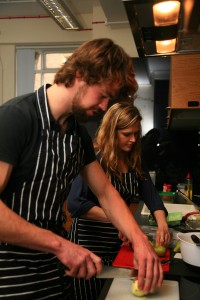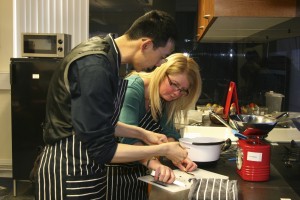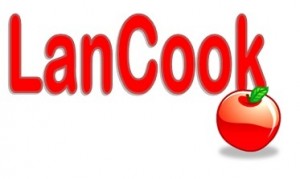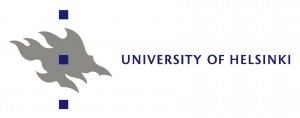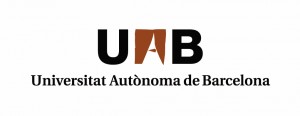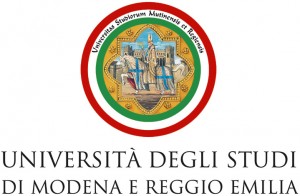LanCook engages with some of the major challenges concerning how to increase foreign language proficiency, motivation and the contribution of language skills in the Europe. It does this by engaging with a diverse range of language learners at the level of instructed language learning and addresses a number of well-known problems within that setting, namely:
– that students in classrooms are rehearsing foreign languages, rather than actually using the language to carry out actions and,
– that it is difficult to bring foreign culture to life in the classroom
LanCook developed technologically-enhanced language learning materials. The materials enable learners to practice and learn aspects of the selected foreign languages whilst performing meaningful real-world tasks and experiencing the cultural aspects cooking a foreign dish.
Cooking is a relevant task as there is currently huge interest throughout Europe in cuisine. This is seen in the number of cookbooks which are sold annually and the number and range of cooking-themed programmes on TV. LanCook implemented the advantages of task-based learning and uses digital technology outside the classroom setting. Rather than simulating language use inside the classroom, learners in the kitchen are using language to physically carry out a useful and culturally relevant real-world task.

LanCook also engages with many European agendas by promoting language learning, as well as linguistic and cultural diversity, in that our project will provide for the use of 7 different European languages. The project supports development of innovative ICT for language learning, mobility across EU countries and the integration of migrant language learning. In Finnish and Catalan, our project promoted the acquisition of less-used languages. EU agendas include the Inclusive Growth priority of Europe 2020, Agenda for New Skills and Jobs and Youth on the Move.
The five different partners involved developed and trialled the new materials with a range of users linked to CEFR levels A to C; adult, higher education and vocational students as well as migrants and overseas students. This provided us with valuable feedback which widened the range of groups for whom the materials are relevant. Furthermore, working as a trans-European consortium led to cross-fertilisation of ideas concerning the relationships between language, cuisines and cultures, as well as different working practices.




